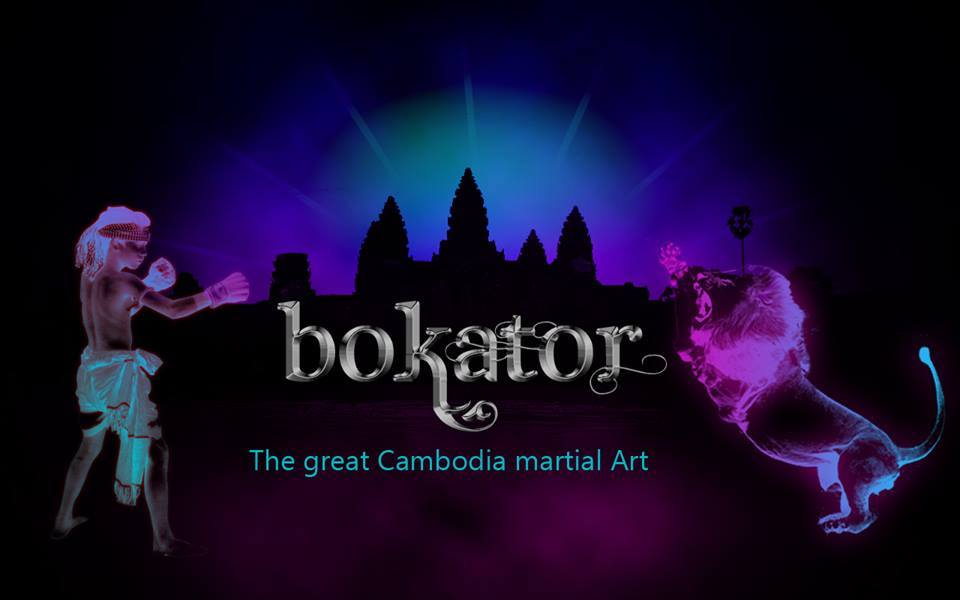The next statue on our inventory of the Angkor National Museum is a standing four-armed Vishnu
Sculptures from Angkor National Museum:
The next statue on our inventory of the Angkor National Museum is a standing four-armed Vishnu, who used to occupy one of the five sanctuaries that make up the group of small temples of the Preah Pithu group. In a secluded spot opposite the Terrace of the Leper King inside the city of Angkor Thom, the group sees few visitors, even though it’s a peaceful location and still houses some fine carvings. Part of it is off-limits at the moment as a team of conservation experts from the Korean Cultural Heritage Foundation and the Korean International Cooperation Agency are preserving the temple group. Constructed at various times in the 12th and 13th centuries, the clearing of the five temples took place in 1908 by Jean Commaille and in 1919 by Henri Marchal. Parts of our Vishnu sculpture were discovered at different times in 1918, 1919 and 1934 before being transported to Angkor Conservation for restoration and safe-keeping. EFEO pictures show that the hand holding a conch was reconnected to the statue in the mid-1960s giving us the figure we see today, which arrived at the museum in 2007. It’s a tall (170 centimeters), sturdy, finely-sculpted statue of the preserver god, with a higher-than-usual cylindrical chignon above his diadem headdress, and a fairly short sampot with one fishtail and an overhanging fold and pendants hanging from its wide belt. Only one of his arms has been recovered, the one with the conch, his others would’ve held a chakra wheel, a sphere and a club or mace, which have all disappeared. Still in-situ at the Preah Pithu group, you can still see lintels like the one of Vishnu at Temple U (#482) on a rare Churning of the Sea of Milk presentation where the god is sitting on the Naga. Another lintel of Vishnu reclining can be seen at the Guimet Museum. The signage at ANM for this statue details its provenance incorrectly as Angkor Wat.
About Me
I have graduate from BUILD BRIGHT UNIVERSITY(BBU) AND PREAH SIHANOUK RAJA (SBU) I work at Khmer Plus Computer Address: #156BE, St.63 (Trasak Phaem), Sang kat Chaktomok, Khan Daun Penh, Phnom Penh And Much More... Hey..My name is Thol Un Welcome To my site! Hope it will help you! Nice to know you! Indroduce My Self -My name is Thol un.I come from Kompong cham Province -Now I am staying at Langka pagoda .I have graduated from Build Bright University -My Major is Information and Network Technology -I am Working at Khmer Plus Computer -I want to get experience From your Company and develop your Company to be More Successful forever
Thanks for Support
Copyright©️:2021 All Rights Reserved. @Mr. Thol Un Hi every body, In this video I want show about the people success with Website, All This The Result From Website Partnership. Make money online speak Khmer: Please Followers My Website to Get More Videos!! Giving Dharma Is Better Than Giving Things!! Thanks for Support My Website !! This Website is created for the purpose of spreading the Entertainment Cambodia and other History Khmer, Dharma Khmer, Cooking Khmer by posting videos in Website Blogger or Blogspot YouTube and Facebook Page. Thanks and thanks for the support for this Website ..! Thanks For watch all this Website !❤ Like ✅Share ☑️ Comment❤ Kindly donate to the ABA Bank : ❤Thol Un❤ ❤001885833❤



















